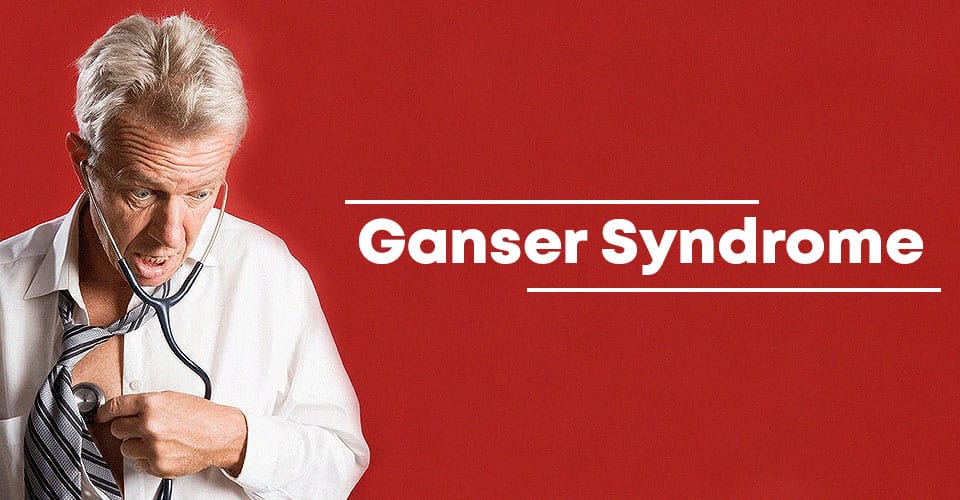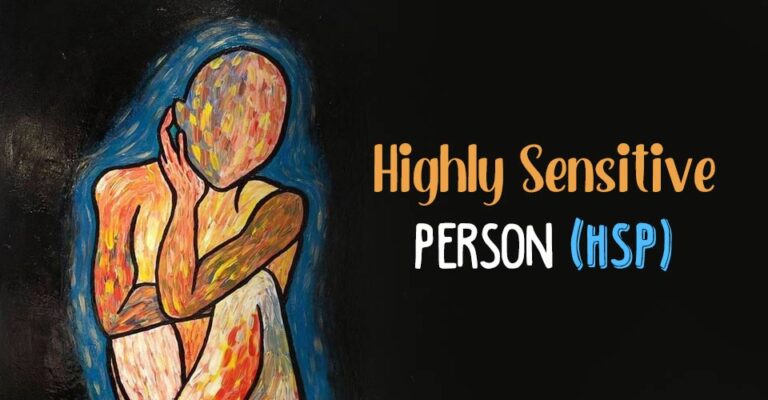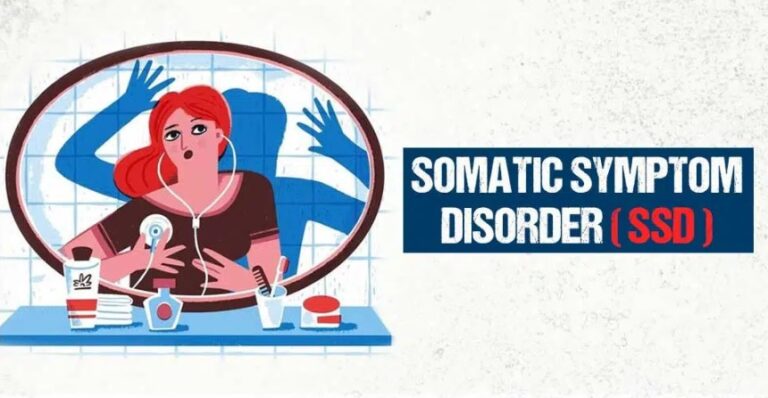Ganser Syndrome is an uncommon and rare condition where a person purposely and deliberately acts as if he/she has a physical or psychological instability although not really sick.
What Is Ganser Syndrome?
Originally described as ‘prison psychosis’ by psychiatrist Sigbert Ganser, it is an inadequately perceived condition characterized by the giving of approximate answers (paralogia). This is accompanied by clouding of consciousness, hallucinations and other dissociative, somatoform, or conversion symptoms. The syndrome is also known as nonsense syndrome, balderdash syndrome, syndrome of approximate answers or hysterical pseudodementia.
What It Feels Like
Individuals with this condition tend to mimic behavior that is typical of a mental illness, such as schizophrenia. It may occur in individuals with other mental disorders such as schizophrenia, depressive disorders, toxic states, paresis, alcohol disorders and factitious disorders. The syndrome may sometimes be diagnosed as merely malingering, but it is more often defined as dissociative disorder.
Ganser Syndrome was first described by Dr. Sigbert Ganser 1 Dieguez S. Ganser Syndrome. Front Neurol Neurosci. 2018;42:1-22. doi: 10.1159/000475676. Epub 2017 Nov 17. PMID: 29151087. in 1898 in a paper titled “Concerning an Unusual Hysterical Confusional State”. He studied the behavior of three prisoners who developed transitory symptoms of mental illness. However, Dr. Ganser concluded that the condition was mostly malingering or hysterical. It was labeled as Vorbeigehen (“to pass by”) and also as Vorbeireden (“to talk beside the point”). This condition is mostly observed in prison inmates, who may use it as an effort to seek mercy from prison guards and court officials. This is why it is generally known as prison psychosis. Although Ganser considered the condition as hysterical, it was highly controversial.
Read More About Schizophrenia Here.
Prevalence Of Ganser Syndrome
Ganser syndrome is generally considered to be very rare. About 100 cases of the condition have been reported and documented so far. Out of the first four cases, three of Ganser cases were convicts. This made some researchers consider it to be a disorder of penal population and thus, an indicator of potential malingering.
However, cases of this syndrome have been reported in different cultures. But the overall frequency of reports has declined gradually with time. It is more common in men than in women by approximately 2 to 1 2 Kaplan And Sadocks Synopsis Of Psychiatry 11Ed . The syndrome mostly occurs in late adolescence and early adulthood.
Symptoms Of Ganser Syndrome

According to psychiatrist Sigbert Ganser original study of prison inmates, some of the most common symptoms showed by patients include:
- Disturbances of consciousness with subsequent amnesia
- Prominent hallucinations
- Sensory changes of a hysterical kind
- Peculiar verbal responses on questioning
Paralogia, or incoherent speech & thinking, eventually became the hallmark symptom of Ganser Syndrome. The study found that the sickness ended unexpectedly with full restoration of normal mental function.
The syndrome is believed to be a reaction to extreme exposure of stress. Patients tend to avoid responsibilities or unpleasant situations. A clouding of consciousness may also occur. This is usually manifested by –
- Disorientation
- Amnesia
- Loss of personal information
- Impairment of reality testing
Visual and auditory hallucinations occur in around one portion of the cases. Neurological examination may uncover what Dr. Ganser called hysterical stigmata, for instance, a non-neurological analgesia or shifting hyperalgesia. It is usually accompanied by other dissociative symptoms, like amnesia, conversion symptoms, or trance-like behaviors.
Causes of Ganser Syndrome
As it is a very rare and unusual disorder, very little is actually known and hence the cause for this condition is unclear. However, it is widely believed that the syndrome may be a reaction to excessive stress. Many studies 3 Dalfen AK, Anthony F. Head injury, dissociation and the Ganser syndrome. Brain Inj. 2000 Dec;14(12):1101-5. doi: 10.1080/02699050050203595. PMID: 11147582. have shown that physical problems may also cause Ganser Syndrome, which includes alcoholism, head injury, and stroke.
However, sources classify the syndrome as dissociative disorder or a factitious disorder resulting in conflict in proposed etiologies. Subsequently, there are various hypotheses regarding the cause of this syndrome.
Earlier it was classified as a factitious disorder, as they showed symptoms of mimicking what patients perceived as typical of psychosis, even though they were not really sick. DSM-IV placed the syndrome under “Dissociative Disorders Not Otherwise Specified” and evidence shows that there is a strong correlation between approximate answers and amnesia, conveying that these have an underlying dissociative mechanism.
Etiology remains a question as Ganser Syndrome is associated with established psychiatric disorders and organic states. Despite this, both Ganser’s syndrome and Dissociative Disorders have been associated with histories of hysteria, psychosis, conversion, multiple personality and possible feigning. Moreover, people with this condition may have a personality disorder, like antisocial personality disorder or histrionic personality disorder.
Few researchers claim that organic conditions could manifest the symptoms of this condition in their advanced stages where diagnosis could be given. Reports of trauma and stroke patients with the syndrome have also been reported in a few cases. A study on the neurological basis described that the patient with symptoms of the disorder had a history of stroke and bifrontal infarcts.
The hyperglutamatergic states, which are caused by both strokes and stress, share a relationship with dissociative symptoms, suggesting a possible organic pathology that predisposes Ganser Syndrome. In 2008, a neuropsychological examination found atypical lateralisation of cognitive functions, suggesting that giving approximate answers might be associated with dysfunction in frontal-executive cerebral.
Read More About Dissociative Disorders Here.
Diagnosis of Ganser Syndrome
Diagnosing this disorder can be difficult due to the inconsistency and uncommonness of the symptoms. In DSM-III, the syndrome was listed under Factitious Disorder with Psychological Symptoms. The criteria focused on the following –
- Symptoms that cannot be explained by other mental disorders
- Psychological symptoms under the control of the patient
- Objective of expecting a patient role, not in any case justifiable given their condition
In DSM-IV-TR, Ganser syndrome was classified as a dissociative disorder defined by giving approximate answers to questions (For instance, ‘2 plus 2 equals 5’ when not related with dissociative amnesia or dissociative fugue). Diagnostic criteria in ICD-10 and DSM-IV were not specified other than giving approximate answers, as a requirement for diagnosing this condition.
Although there is no uniform method to analyze the syndrome as of now, a complete neurological and mental state assessment is prescribed to determine its presence and to evaluate malingering. Other mental examinations are done which includes –
- Computer tomography scans (CT)
- Magnetic resonance imaging (MRI) scans to exclude structural pathology
- Lumbar puncture to exclude meningitis or encephalitis
- Electroencephalography (EEG), to exclude delirium or seizure disorder
Read More About DSM 5 Here.
Treatment of Ganser Syndrome
No systematic treatment studies have been conducted, given the rarity of this condition. In the majority of cases, patients have been hospitalized and provided with a protective and supportive environment. In some cases, low doses of antipsychotic medications have been reported to be beneficial. Exploration of possible environmental stressors may be helpful in providing an insight, though confrontation and interpretation of the patient’s approximate answers are not productive.
In some cases, hypnosis and amobarbital narcosynthesis are used successfully to help individuals with Ganser Syndrome reveal the underlying stressors that preceded the development of the syndrome. This is a technique of free association, dream interpretation and transference used during the session for uncovering relevant topics for later therapeutic discussion. It has been observed that the patient is typically amnestic unless they recover fully.
Recovery is Possible
Diagnosing this disorder is challenging because of its rarity. Individuals affected by Ganser Syndrome usually rapidly return to normal functioning within a few days. But the probability for recovery may fluctuate depending on whether the manifestation of symptoms is sudden in response to stressful experience or due to any underlying personality disorder. In some cases, it may take a month or more to resolve.
GANSER SYNDROME At A Glance
- Ganser Syndrome is an uncommon and rare condition where a person purposely and deliberately acts as if he/she has a physical or psychological instability although not really sick.
- The syndrome is also known as nonsense syndrome, balderdash syndrome, syndrome of approximate answers or hysterical pseudodementia.
- The syndrome may sometimes be diagnosed as merely malingering, but it is more often defined as dissociative disorder.
- Paralogia, or incoherent speech & thinking, eventually became the hallmark symptom of Ganser Syndrome.
- Individuals affected by Ganser Syndrome usually rapidly return to normal functioning within a few days.











